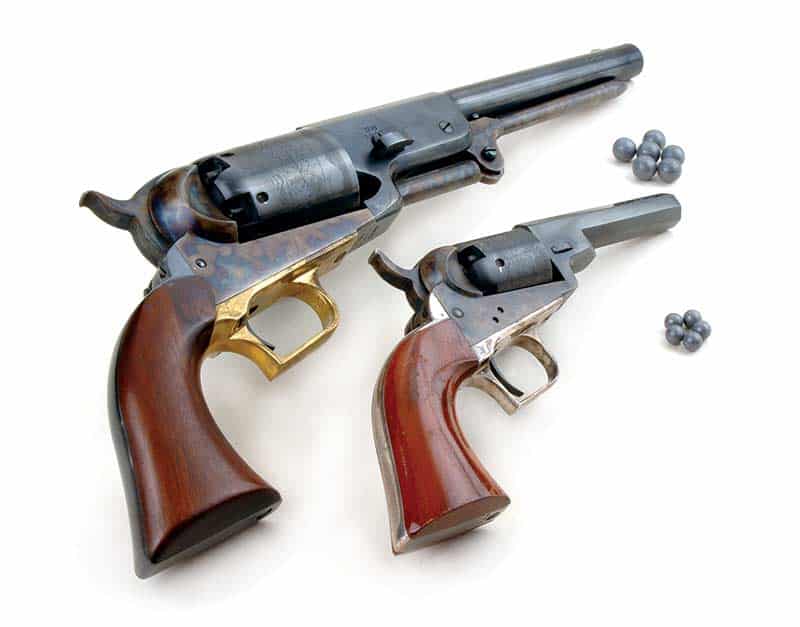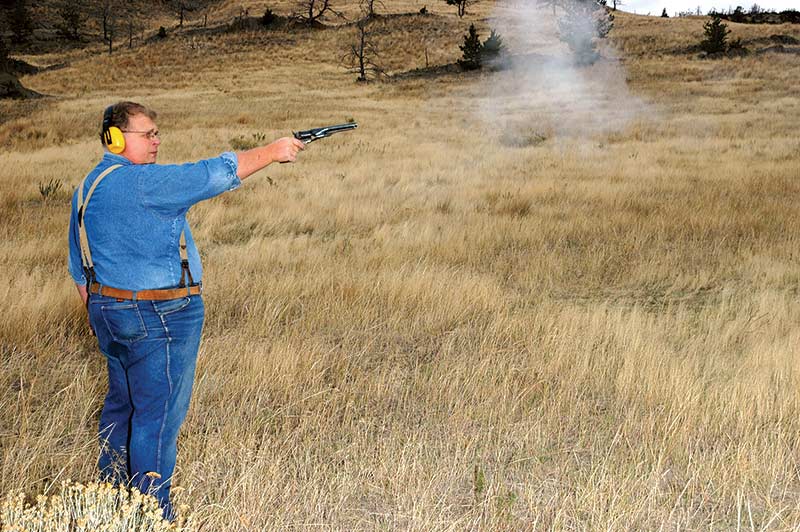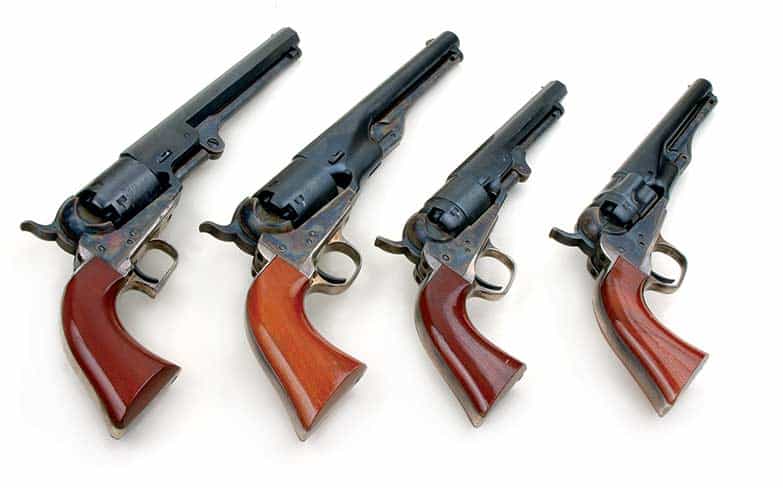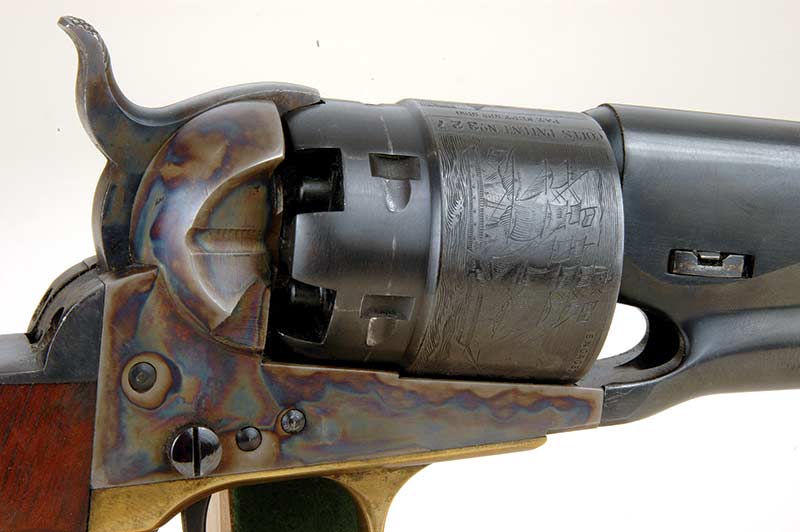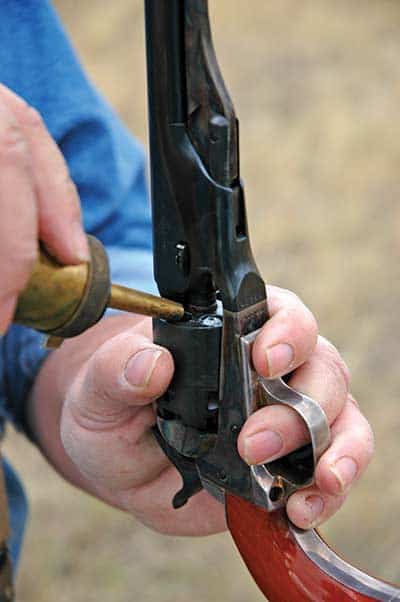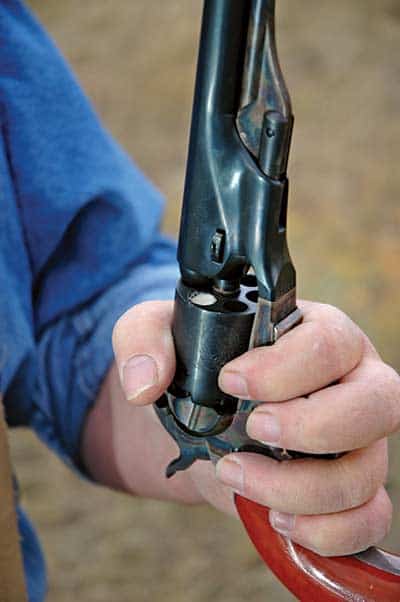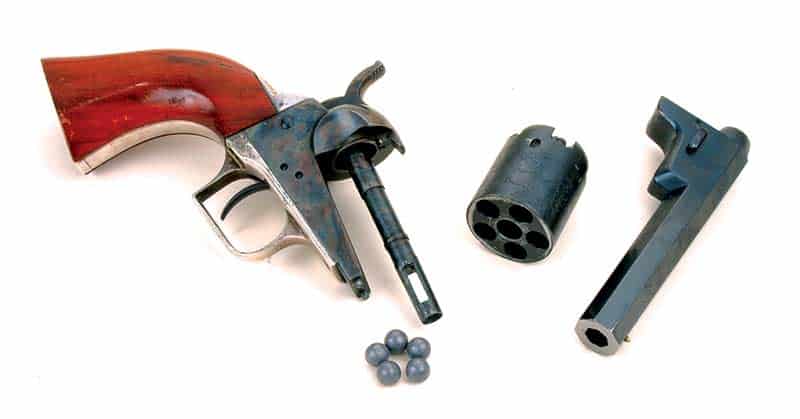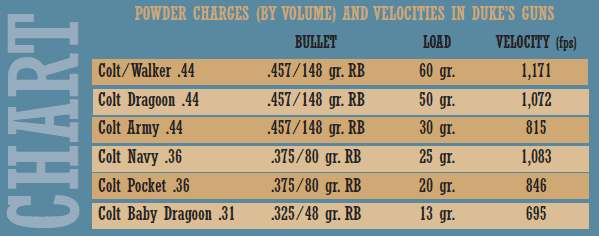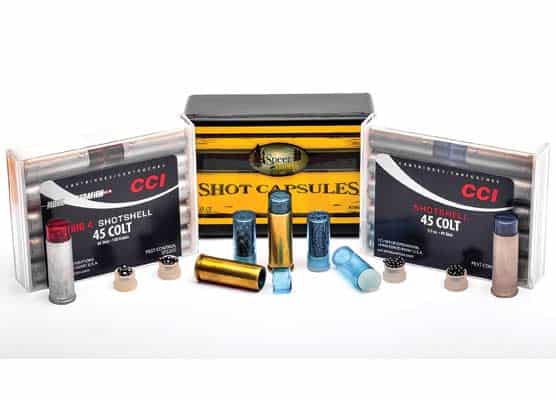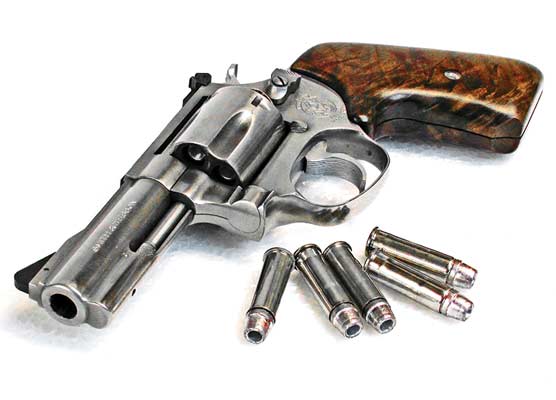Prior To The Peacemaker
The Revolvers That 'Really' Won The West!
Before the Colt Peacemaker? Before the Colt Peacemaker there was a whole boatload of other Colt single action revolvers. And in truth they had a lot more influence in the Old West than did the Peacemaker because the wildest and woolliest times had passed by the time Colt got around to developing the Single Action Army.
It’s also worth noting that in a production period spanning the 68years between 1873 and 1941 Colt made over 357,000 Peacemakers. Speaking collectively of all the Colt single actions that preceded it, over 900,000 were made in a mere 26 year production period. Of course all these early Colt single actions were “cap and ball” types; meaning they did not use fixed metallic ammunition. At best they were loaded with paper cartridges holding powder (black powder) and round or conical ball. Ignition was supplied by a separate percussion cap. At worst, the shooter had to load his revolvers with loose powder dispensed from a flask and top the chamber off with balls he had cast himself.
So it’s a natural question to ask, “If there were so many other Colt revolvers about, why is the Peacemaker the best known?” The answer is movies and television. Back in the heyday of TV westerns did you ever see a Colt Model 1851 Navy or Model 1860 Army in some hero’s holster? Not hardly! My opinion on the reason would be the pyrotechnical aspects. Cartridge firing guns can be reloaded quickly for repeat takes of a scene. Cap and ball revolvers are much slower.
Anyway, about the only Colt cap and ball revolver to be featured on the screen has been the huge Colt/Walker .44, and even then the movie people didn’t get it right. The Colt/Walker was a behemoth with a 91⁄2″ barrel and a weight of four pounds nine ounces. Just for comparisons’ sake note that an M1 Carbine is only a few ounces heavier. Where the movie people miss the boat is in having their heroes packing a Colt/Walker in a belt holster such as Gus did in Lonsome Dove. Colt/ Walkers were issued in pairs to US Army mounted troops along with saddle holsters so the horse could carry them. I would just bet the one Gus was packing about in his holster in Lonsome Dove was a rubber copy. A real one would have pulled that gunbelt down around his knees.
The Beginnings
Here’s a brief synopsis of the progression of Samuel Colt’s cap and ball revolvers (not sixguns because some were five shooters). Mr. Colt was down on his luck because his first attempt at manufacturing revolvers had failed in 1839. That one was called the Patterson after the town in New Jersey in which it was manufactured. Then in 1847 the US Army represented by a Captain named Sam Walker sought out Sam Colt with an order for 1,000 revolvers; the specifications to be determined by the two Sams together.
They really didn’t come up with a perfect fighting handgun. Besides the weight, they made the cylinder large enough to hold a full 60 grain powder charge, so it is said that Colt/Walker revolvers were susceptible to burst cylinders. Also the rammer located beneath the barrel didn’t latch so it had the habit of falling down and tying up the works after each firing. Still they were better than single shot muzzle loading pistols and got the “repeating handgun ball” rolling. Since Sam Walker went on to be killed in the Mexican War, Sam Colt designed his own cap and ball revolvers thereafter. As he prospered he had help from other gun designers too.
Colt’s next effort was named the Dragoon because its purpose was to arm the US Army’s mounted Dragoons. Barrel length was reduced to a more manageable 71⁄2″, weight to “only” four pounds and chamber capacity to about 50 grains of powder. Perhaps most importantly in regards to function, a latch was put near the end of the barrel to secure the ramrod. Collectors have divided the Colt Dragoons into 1st, 2nd and 3rd Models by minor engineering changes which have nothing to do with shooting or performance.
Sam Colt realized not everyone had a horse to pack his handguns for him, so in 1848 he also came out with a revolver called the Baby Dragoon. As opposed to the big .44s this one shot a tiny .31 caliber round ball weighing only about 48 grains. Its maximum powder charge was less than 15 grains. Its intent was to supplement, not replace, a traveling gent’s fighting knife. Baby Dragoons had no ramrod for loading so the little five-shooters had to be dismounted into three pieces so the cylinder’s base pin could be used to press more balls into the chambers.
The next year a Model 1849 came out that was essentially the Baby Dragoon with a ramrod. Whereas the previous models of Colt’s cap and ball revolvers were made in mere thousands — 1,100 for the Colt/Walker and about 20,000 total for the three marks of Dragoons — over 325,000 of the Model 1849s were sold by 1873.
Next came one of the most practical cap & ball handguns ever produced — the Colt Navy (AKA Model 1851). It was a trim, well-balanced revolver weighing 42 ounces, so it was meant specifically for men to wear on their person, yet at .36 caliber it had enough oomph to be considered a man stopper. Its introduction coincided with the great California gold rush and Colt Navy .36s “went west” with thousands of fortune seekers. By 1873 the Colt factory had made 215,000 Navys; plus Sam Colt’s short-lived London factory made another 42,000.
Evidently all this manufacturing kept everybody at Colt busy throughout the 1850s because no new models were introduced until 1860. Then came what collectors call the Model 1860 Army, and if the Colt Navy was one of the most practical handguns ever made, the Colt Army is one of the most attractive. Instead of an octagon barrel as was standard on the Model 1849 and 1851, the new Model 1860 had a round one. In fact most of its edges and corners were rounded. Also, it used the same medium sized frame of the Navy, but was made a
.44 caliber by using a rebated design of cylinder larger on the ball end and smaller on the percussion cap end.
For some reason the Model 1860’s grip frame was extended a quarter-inch, which gives it a most distinctive appearance. The US Cavalry quickly adopted the “Army” and Colt made over 200,000 in only a dozen years. Personally, I think the 1860 Army’s grip frame does nothing to enhance its shoot-ability, which is probably why the later SAA wore a grip more like the 1851 Navy’s.
Minor Updates
After that the next three models introduced were simply minor rehashes of earlier versions. For instance the Model 1861 was simply the .36 caliber Navy given the edge melding of the 1860 Army. Then in 1862 .36 caliber models nicknamed the Pocket Navy and Pocket Police were made. They were simply the small Model 1849 frame fitted with rebated five shot cylinders so the caliber could be increased from .31 to .36. The Pocket Navy had the octagon barrel and linear appearance of the old Navy, while the Pocket Police model had the gracefully curved design of the .44 Army.
Sam Colt himself died in 1862, going from a near pauper in 1847 to one of, if not the, richest American at his death. And although metallic cartridges began to appear in the late 1850s, and were common by 1870, Colt couldn’t get in on that act until Smith & Wesson’s patent on bored-through chambers expired. When it did, Colt’s cap and ball handguns also expired, or at least shortly thereafter. Production of all stopped by 1873, and whatever parts were left over were mated with newly manufactured cylinders and sold as “conversions.” That’s another story.
Shooting Fun
Shooting cap and ball revolvers is a hoot! They are dirty and messy, and require a full kit for an afternoon’s fun. They aren’t very expensive to shoot because it will take most of an afternoon to shoot off 50 rounds. My best advice to someone getting in to using
them is to wear old clothes for an outing. They are dirty!
Here’s some basic scoop on loading them. Starting out, look through, stick a paper clip through, or fire a percussion cap on each nipple of a cap and ball’s chambers. That’s so you know they are clear of oil or grease. Then dump in a proper powder charge of black powder; either of FFg or FFFg granulation. What’s proper? Fill the chamber so there is just enough room for the ball to seat below the chamber’s mouth. All my Colt cap and ball revolvers are the 2nd Generation Colts, which amounted to Uberti parts fitted and finished by the Iver Johnson Company, and sold in Colt marked boxes. Regardless, they are excellent handguns.
After the powder is dispensed there are two alternate methods by which to proceed. The original one was then to ram home the ball and smear grease atop the chamber for both lubricant and to prevent “flashover.” That’s when the fire from one chamber leaks into one or more adjacent ones causing all to go at once. It’s never happened to me but I hear it’s very exciting in a negative sorta way. The more “modern” method is to put an Ox-Yoke Wonder Wad over the powder and under the ball, which is rammed down with the ramrod. That serves the same purpose as the grease but is so much less messy. Then AND ONLYTHEN is a percussion cap put atop the nipples and the revolvers are ready to fire. And while cap and ball revolvers may be archaic, don’t relax. They are now just as dangerous as any Glock, Sig or Kimber.
They Go Boom
And brothers do they make a fuss. Smoke and flame go out along with the ball. The tiny .31s only pop, but from there up they BOOM. The huge Colt/Walkers sound like a thunderclap. Accuracy can range from excellent to dismal. That’s because replica cap & ball revolvers are all over the map in regards to their dimensions and the balls/bullets need be matched to them just like modern handguns. For my 2nd Gen Colts I buy Speer and Hornady round balls for the .36s and .44s and actually cut apart OO buckshot shells to feed my .31.
Cap and ball revolvers are considered so ancient the Federal Government doesn’t even consider them as firearms, meaning their manufacture and sale isn’t as restricted as “real” guns. But check your own state, they may be regulated there. You can even have shoulder stocks with them without being considered a “crook.” I don’t shoot my Colt cap and balls often but when I do it certainly becomes clear why fighting men of that era packed two or more of them. They are soooo slow to reload!

Get More Revolver Content Every Week!
Sign up for the Wheelgun Wednesday newsletter here:

